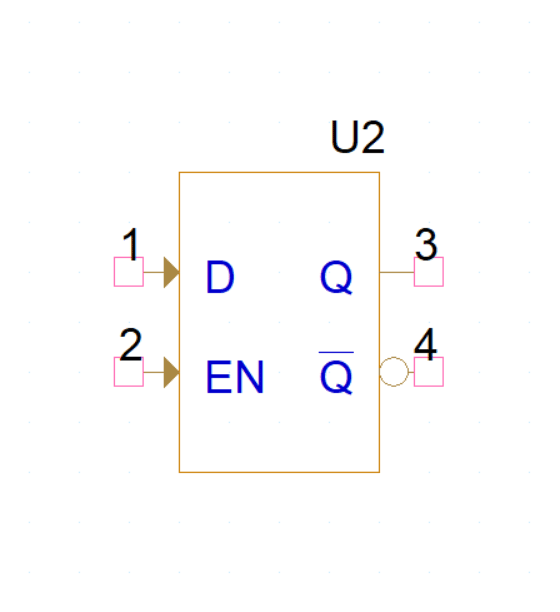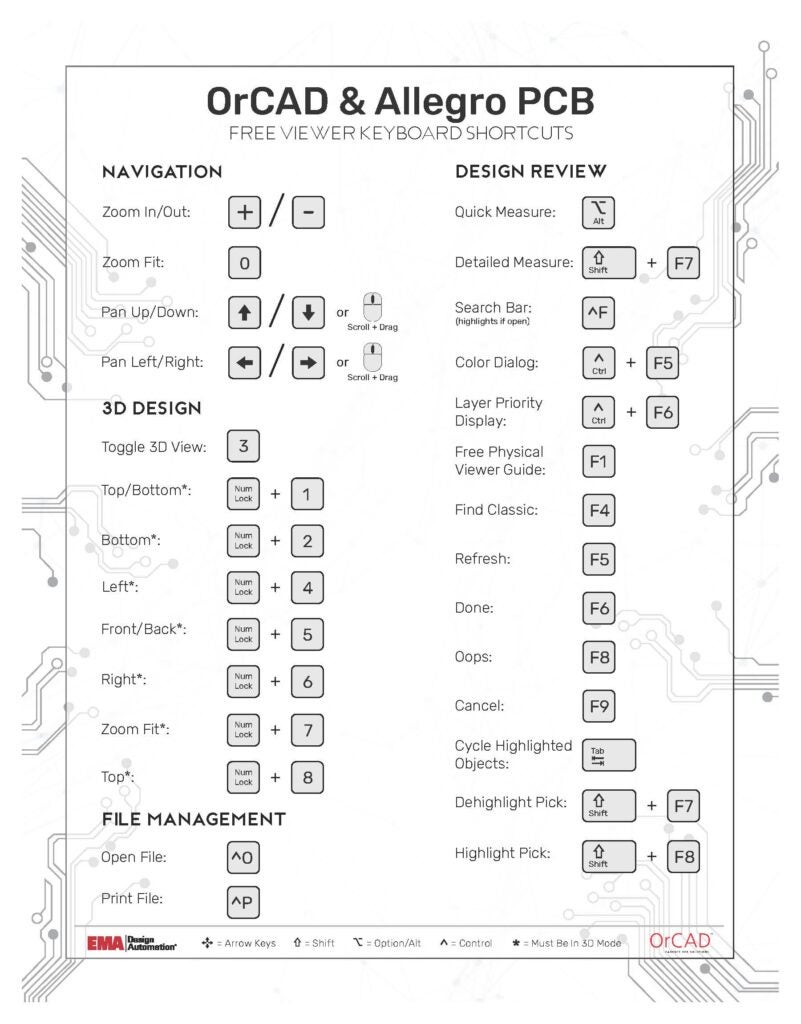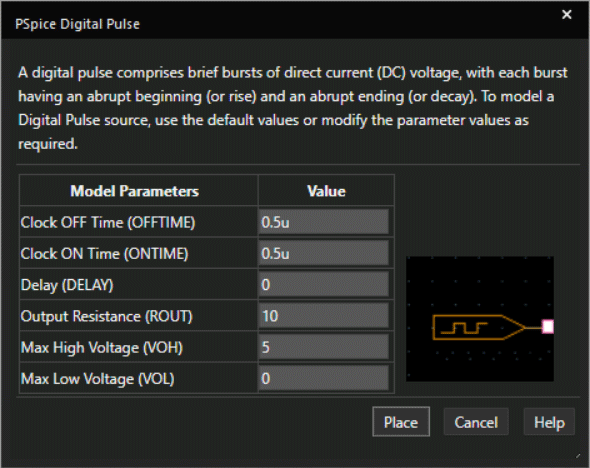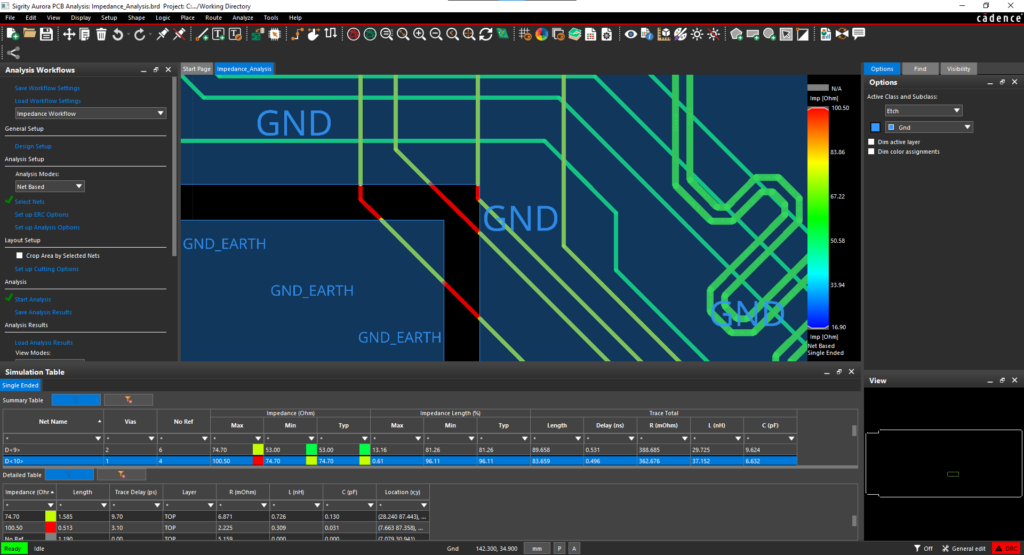Every day the requirements for PC boards are becoming more stringent, demanding smaller, lighter, efficient boards. In order to create a fully functioning multilayer PC board, understanding and selecting the correct materials for manufacturing is an essential first step.
Define Materials Early in the Design Process
In order to provide a complete board for fabrication, you need to define the materials, impedance controls, finish, and copper thickness among other things to ensure your design will be manufactured to your specifications and work properly for the end user. Defining the layer-stack up along with the ability to relay that information to the manufacturer are crucial to the success of the end product. A well-designed layer stack-up has the ability to minimize radiation and reduce signal cross talk and impedance mismatch issues, whereas a poorly stacked PCB can actually increase the EMI radiation and reduce the products performance and reliability.
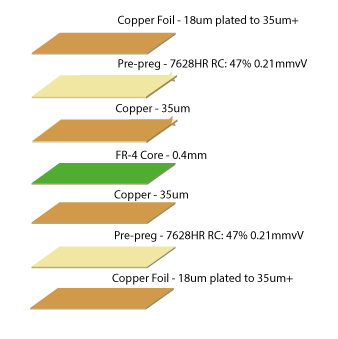
Every board is different and therefore the selection of materials needs to be assessed for each board individually after a careful analysis of the boards’ intended application. Several things you need to consider when designing a PCB for manufacturing include the intended products reliability requirements, shelf life, manufacturing methods, circuit fabrication issues, and budget constraints. In addition, new materials are emerging constantly, especially with the rise of rigid-flex technology.
Materials as First Class Citizen in OrCAD
Did you know you have the ability to both add and define materials within both Cadence OrCAD and Cadence Allegro in just a few clicks? You can define materials for your board as well as create shared libraries of common materials for later use, without any additional software or costs – it is all built right in. On top of that, the properties of the materials you define are directly used in impedance calculations and other analysis, giving you an accurate representation of signal behavior with your desired board material.
The following video will help you get started adding and defining materials in OrCAD:
With OrCAD, it is easy to manage board materials and communicate your design stack-ups effectively to your manufacturer. There are other advantages to using OrCAD that you might not be aware of. To get the most out of your OrCAD software check out our other blog posts in the “OrCAD Advantage” series.






